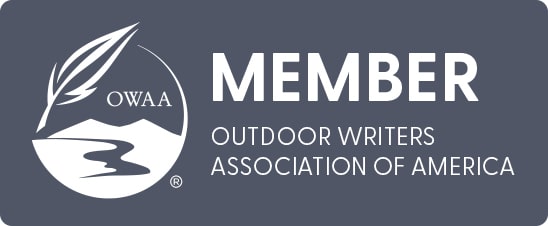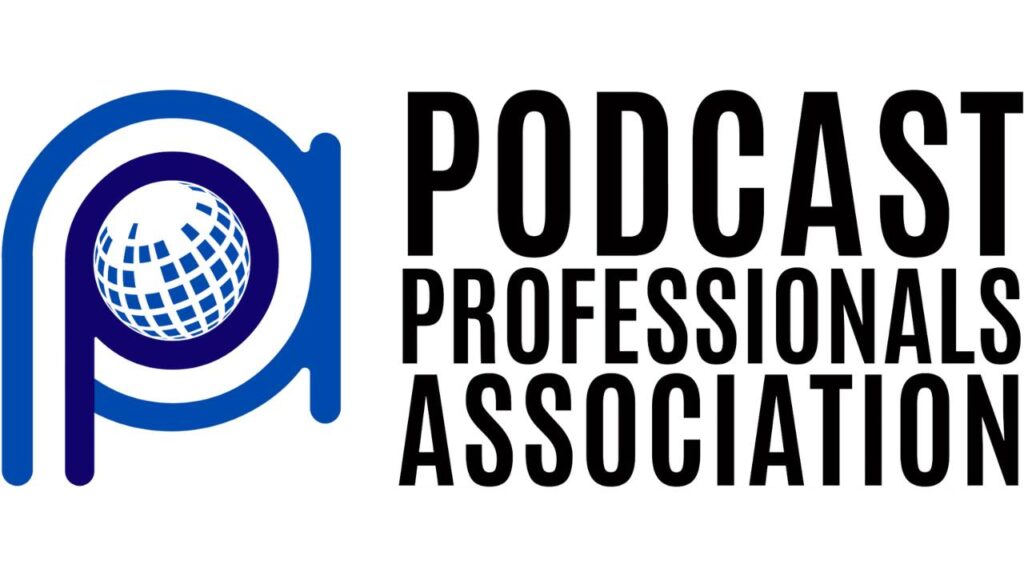
Teaching Leadership Concepts Through Superheroes
As educators, we continuously seek innovative methods to connect with students and enhance their understanding of real-world business concepts. Generation Z, typically defined as individuals born between 1996 and 2010, is distinctively characterized as “digital natives,” having grown up immersed in technology and the Internet (McKinsey & Company, 2024). This generation has garnered the nickname “the Superhero Generation” (Luttrell & McGrath, 2021) due to their fascination with superhero narratives, which often mirror their own experiences as they navigate distinct online and offline identities.
In my college-level Fundamentals of Business course, I have successfully implemented unconventional instructional strategies that utilize superheroes to illustrate various leadership styles. By analyzing well-known characters such as Iron Man, Captain America, Thor, and Wonder Woman, students are able to grasp significant leadership concepts while exploring when particular styles are effective and when they fall short. This creative approach effectively bridges the gap between theoretical frameworks and practical applications in the business world.
The Assignment: Exploring Leadership Through Superheroes
The assignment challenges students to compare five distinct leadership styles—autocratic, democratic, laissez-faire, transactional, and transformational—with the leadership traits of at least three superheroes. The objective is to deepen students’ understanding of these leadership styles and their applicability in business management. The assignment comprises four key components:
- Overview of Leadership Styles: Students analyze and define the characteristics of the five leadership styles, ensuring a solid foundational understanding.
- Superhero Comparison: Students select three superheroes and examine how their leadership qualities align with the identified styles. They address questions such as which leadership style(s) the superhero embodies, how these styles impact teams or allies, and instances of effectiveness or ineffectiveness.
- Synthesis in Business Contexts: Students synthesize their insights by relating the superheroes’ leadership approaches to real-world business management scenarios.
- Reflection and Conclusion: A reflective analysis enables students to identify key takeaways regarding the relationships between leadership styles, teamwork, and organizational success.
This assignment encourages students to engage with business concepts in a relatable and imaginative way, utilising familiar characters as a catalyst for deeper discussion and analysis.
Establishing Leadership Style Understanding
Before engaging with the superhero assignment, students need to develop a clear understanding of each leadership style. I recommend reading the textbook chapter on management and leadership (Skripak et al., 2023) to establish a solid foundation for your understanding. After students grasp these concepts, they are tasked with applying them to three superheroes of their choosing, ideally from popular culture, as this familiarity fosters engagement and relatability.
For instance, Iron Man (Tony Stark) exemplifies autocratic leadership, characterized by making quick, independent decisions—a trait that leads to unintended consequences, as seen in Avengers: Age of Ultron (Marvel Studios, 2015). Conversely, Captain America (Steve Rogers) embodies democratic leadership, promoting teamwork and collaboration, as evidenced in Captain America: Civil War (Marvel Studios, 2016). Similarly, Wonder Woman (Diana Prince) exemplifies transformational leadership while also displaying laissez-faire characteristics, highlighting the balance between autonomy and collaboration.
The Value of Superheroes in Teaching Leadership
Integrating superheroes into business education revitalizes classroom dynamics, significantly enhancing student engagement and making abstract concepts more tangible. A common cultural reference point enables students to better identify and internalize lessons as they observe leadership in action within both fictional and real-world contexts.
Research supports the effectiveness of this approach; for example, Yang (2003) found that using comic books as educational tools increased student motivation. Moreover, Burton (2008) demonstrated that superhero films could illuminate complex leadership, ethics, and decision-making concepts in undergraduate courses.
Conclusion and Further Opportunities
The superhero assignment offers a novel approach for students to explore key business concepts. By analyzing characters like Iron Man, Captain America, and Wonder Woman, students gain valuable insights into leadership dynamics in various contexts. This assignment can be further enhanced by incorporating diverse superhero representations and facilitating collaborative discussions through online platforms.
In essence, this creative and impactful assignment helps students navigate leadership theory within business contexts. Whether future leaders emerge as business professionals or community advocates, the lessons learned from analyzing their favorite superheroes are invaluable. Ultimately, superheroes embody diverse and multifaceted traits, offering a nuanced understanding of leadership that students can apply to their careers.
References
- Black Panther (character). (2024, September). In Wikipedia. https://en.wikipedia.org/wiki/Black_Panther_(character)
- Burton, C.H. (2008). Superhero as metaphor: Using creative pedagogies to engage. International Journal for the Scholarship of Teaching and Learning, 2(2), 1-20. https://doi.org/10.20429/ijsotl.2008.020207
- DC Kids. (n.d.). DC super hero girls | Wonder Woman’s acts of leadership. [Video]. https://youtu.be/V










